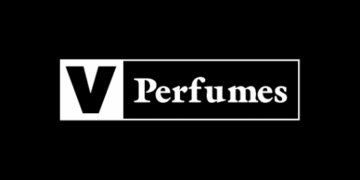The rise of eco-conscious consumers has led to a surge in eco-friendly cleaning products. Natural cleaning supplies, organic cleaners, non-toxic cleaners – these terms dominate the cleaning aisle, promising a sparkling home while protecting the planet. But with so much greenwashing (making a product seem more environmentally friendly than it is), how can we tell if these eco-friendly products are the real deal?
Let’s delve into the world of eco-friendly cleaning products, exploring their potential benefits and the factors to consider when making informed choices.
1.) The Allure of Green Cleaning
There are several compelling reasons to choose eco-friendly cleaning products:
- Environmental Benefits: Traditional cleaning products often contain harsh chemicals that can pollute waterways and harm wildlife when they enter the environment. Eco-friendly cleaners, on the other hand, are typically formulated with biodegradable ingredients, minimizing their environmental impact.
- Healthier Homes: Conventional cleaning products can emit harmful fumes that irritate the respiratory system and skin. Eco-friendly options are often gentler, creating a healthier indoor environment for your family and pets.
- Sustainable Practices: Many eco-friendly cleaning products come in recyclable packaging, reducing waste compared to traditional plastic bottles. Additionally, some companies prioritize sustainable sourcing of their ingredients.
2.) Cutting Through the Greenwashing
While the eco-friendly cleaning market offers genuine benefits, it’s important to be a discerning consumer. Watch out for these greenwashing tactics:
- Vague Terminology: Terms like “natural” or “plant-based” don’t necessarily guarantee a product is eco-friendly. Look for specific ingredient listings and certifications from reputable organizations.
- Focus on Packaging: Flashy, recycled-looking packaging doesn’t equate to an eco-friendly product. The focus should be on the ingredients themselves.
- Limited Transparency: Companies that are truly committed to sustainability will be transparent about their ingredients, manufacturing processes, and environmental impact.
3.) Making Informed Choices
So, how can you navigate the eco-friendly cleaning aisle and make informed choices? Here are some tips:
- Read Labels Carefully: Look for keywords like “biodegradable,” “plant-derived,” and “non-toxic.” Check for certifications from organizations like the Environmental Working Group (EWG).
- Consider DIY Solutions: Simple household staples like white vinegar, baking soda, and lemon juice can be incredibly effective and eco-friendly cleaners for many surfaces.
- Research Brands: Do your research to understand a brand’s commitment to sustainability. Look for companies with clear environmental policies and certifications.
- Focus on Concentrated Formulas: Opt for concentrated cleaning products that require less packaging and often offer superior cleaning power with a diluted solution.
4.) The Final Splash
Eco-friendly cleaning products have the potential to be a win-win for your home and the planet. By being a mindful consumer and looking beyond the marketing hype, you can make informed choices that promote a healthy home and a sustainable future.






Leave Comment